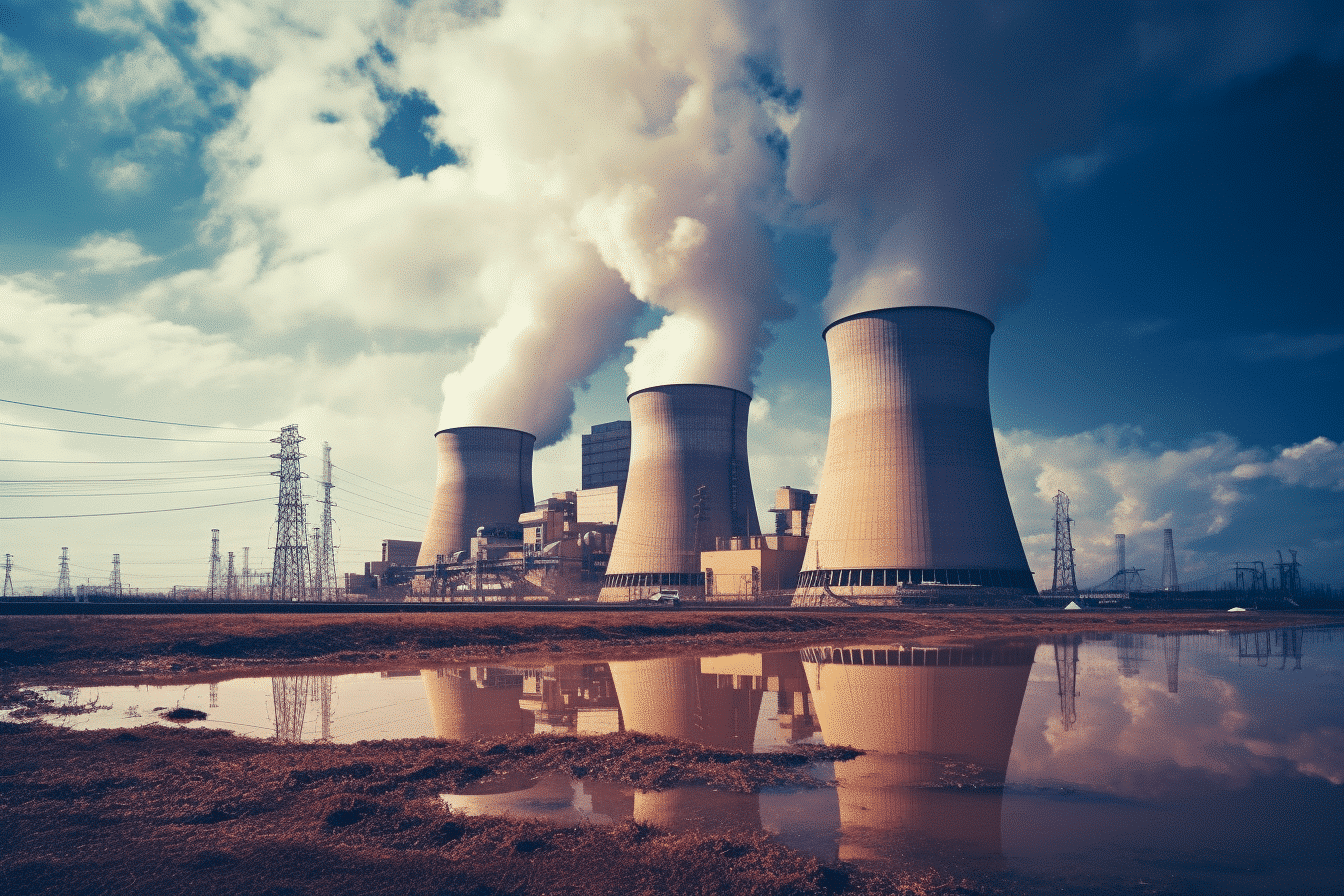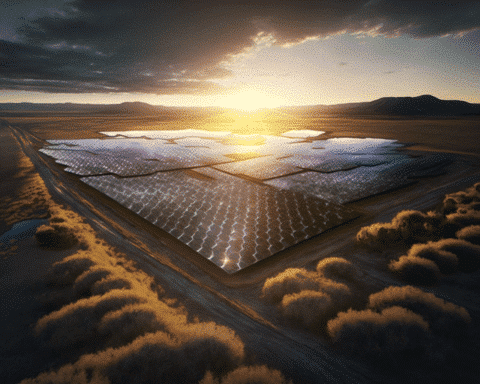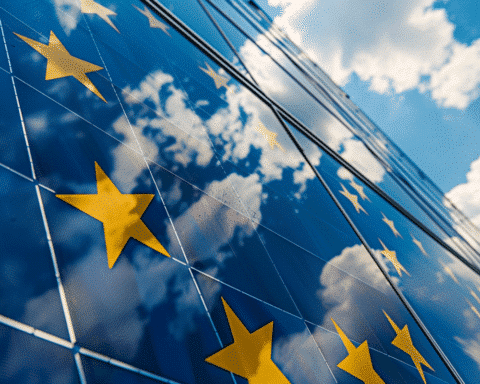The allure of nuclear energy is undeniable, yet the financial weight of constructing reactors has been staggering. Enter small modular reactors (SMRs), hailed as the solution to the enduring economic challenge haunting the nuclear realm.
A Historical Glance
Following the oil crisis of the 1970s, there was a surge in nuclear power plant developments. The fear of escalating fossil fuel costs, reminiscent of more recent global crises, propelled Western nations towards nuclear. But as the years rolled on, the enthusiasm waned. Stephen Thomas, an energy policy maestro from the University of Greenwich, shared with The Daily Upside that only France remained committed, establishing 56 reactors in under two decades.
The early 2000s saw then-President George W. Bush championing a “nuclear rebirth”. Grand announcements of state-of-the-art reactors were everywhere. Thomas recalled claims of constructing reactors within four years at $1,000 per kilowatt capacity. However, reality had other plans. The reactors built in Europe and North America since 2000 took a minimum of ten years, with costs skyrocketing to around $10,000 per kilowatt.
The Vogtle facility in Georgia, one of the few plants birthed from Bush’s enthusiasm, has witnessed its costs spiral to $30 billion.
Why the Skyrocketing Costs?
Safety in nuclear power is paramount. A slew of past incidents, like those at Browns Ferry, Three Mile Island, and the devastating Chornobyl, showcased design vulnerabilities. The aftermath of 9/11 led to further regulations, ensuring plants’ preparedness against similar threats. And the recent war in Ukraine has magnified concerns as battles neared the Zaporizhzhia nuclear facility.
A Glimmer of Hope with SMRs?
New-age SMRs are the talk of the town, promising greater cost-effectiveness than their older counterparts. Their potential for standardization could bring down costs. Yet, as Dr. Eugenie Dugoua of the London School of Economics points out, these designs remain largely theoretical.
But she remains optimistic. The influx of nuclear startups broadens the pool of ideas and makes it easier to garner private investment. Yet, she notes, the market can’t sustain numerous designs without sacrificing economies of scale. Investment now means venturing into the unknown.
The Big Question: Is Nuclear Worth It?
For Thomas, the escalating costs of nuclear suggest that energies are better spent elsewhere, highlighting the decreasing costs and efficient deployment of offshore wind energy.
Dugoua, on the other hand, believes in a more balanced approach. While high renewable energy grids are plausible, a small portion would still need a dispatchable source. She stresses the importance of looking beyond mere generation costs, highlighting the need for sources available on-demand. Rather than just SMRs, the focus could also shift to emerging carbon-capture technologies or advanced battery storage.
The Upcoming Challenge:
With many nuclear plants aging, there’s an impending wave of decommissions. Dugoua mentions that around 60% of global nuclear plants are over 30 years old. Replacement is inevitable.
As the narrative of nuclear energy continues to unfold, SMRs present a potential solution, yet their actual impact remains to be seen. But if there’s one certainty, it’s the relentless quest to keep nuclear power competitive with renewables.
The crossroads of nuclear energy present a landscape both challenging and exciting. With the world accelerating towards clean and sustainable energy, the role of nuclear remains crucial yet ambiguous. SMRs may well be the beacon leading the industry into a brighter, more economically viable future. As we transition into this new era, our collective choices, investments, and innovations will write the next chapter of our global energy story.




